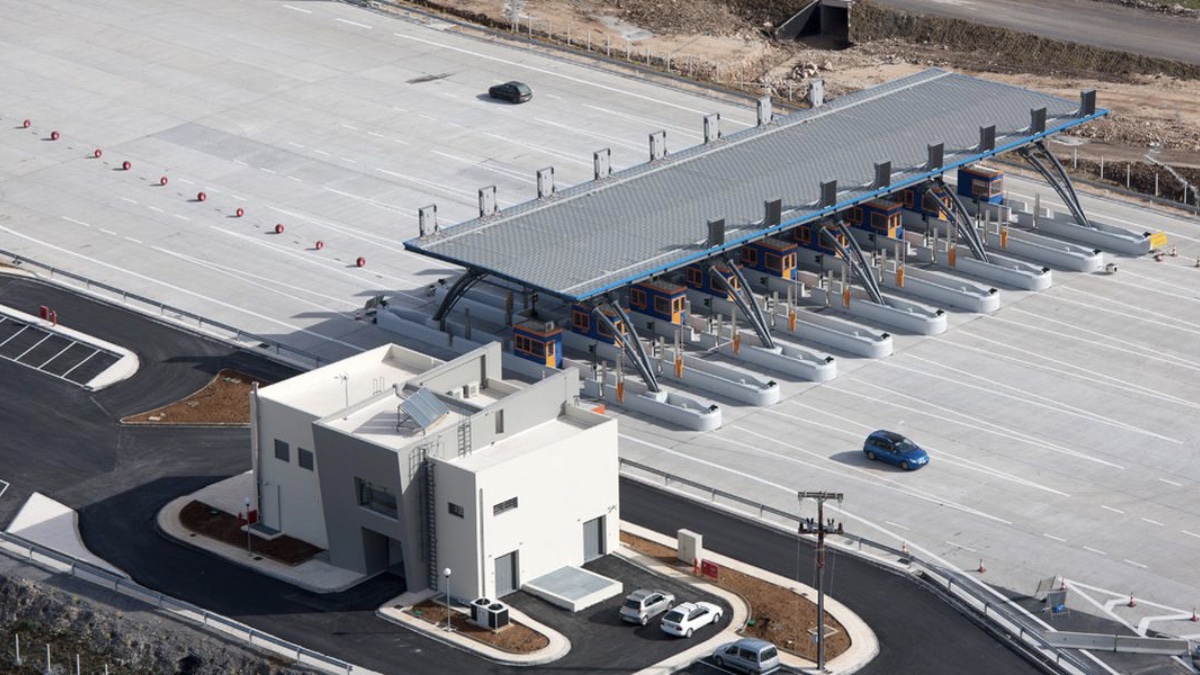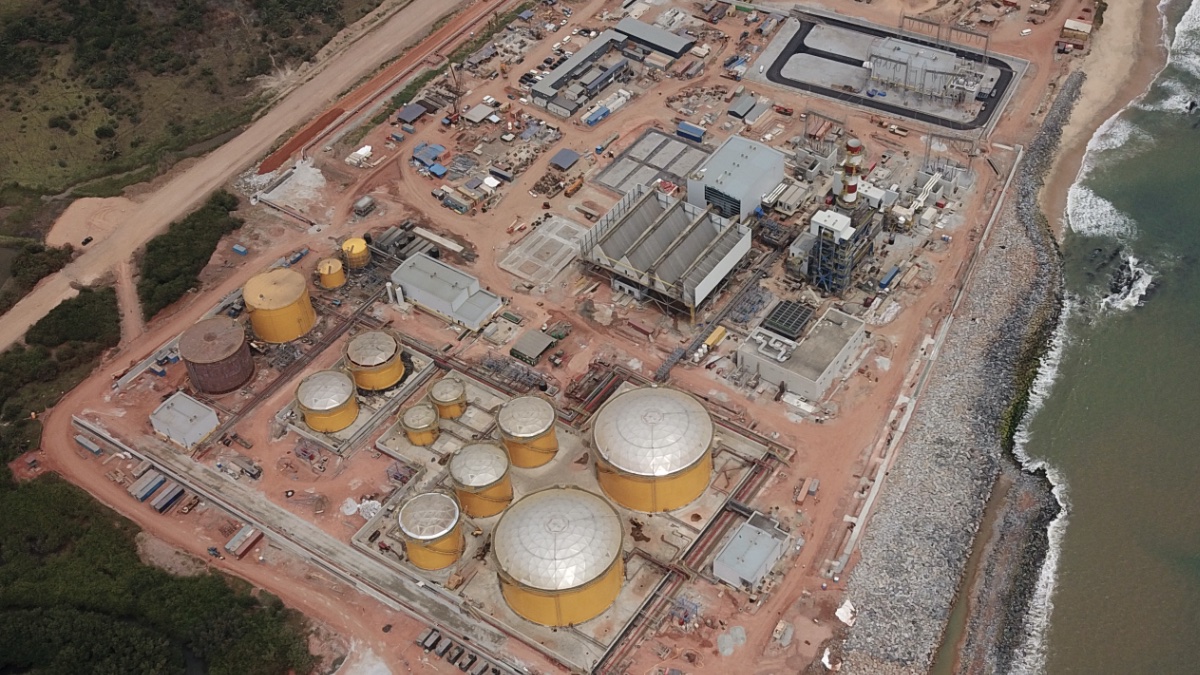Project Description
Aegean Motorway SA for the PATHE Motorway, Maliakos – Kleidi Section, was established in 2007 with the sole purpose to design, construct, finance, operate, maintain and utilize the Motorway (the section starting at Rachon node and ending at Kleidi node) and all the ancillary works and related activities.
THE NEED
Aegean Motorway wanted to remotely monitor the fire detection systems of all toll stations from a central point and, at the same time, with the same system, to manage and supervise the electromechanical installations included in the BEMS systems (air conditioning, lighting, boilers, chillers, etc.). In addition, it wanted to record and analyze all the building data of the stations, exporting updates and regular reports on the condition of the installations. For this reason, all fire detection systems and BEMS of the toll stations should be integrated into a collaborative platform, installed in the administration centre of the motorway, having as its main characteristic the ability to remotely monitor and manage any station at any time.
THE CHALLENGE
The greatest difficulty in this whole venture was the selection of a scalable, fully customizable and flexible system, which could be standardised in such a way as to be easily installed and at an exceptionally low cost, on such a large network of toll stations. The said system should be an end to end, turnkey solution which would ensure the whole application against any future additions and interventions. In addition, a special challenge was the integration of all the different manufacturers and technologies per control subsystem (air conditioning, lighting, cooling, energy, fire detection) in a unified environment with control and management ability.
THE SOLUTION
Our company, well-known for its vast experience in the design, construction and technical support of BEMS, Fire detection, Safety, etc. systems as well as in the integration of all systems, was selected for the implementation of the above application.
The Unified Integrated Management System collects all the required information and the related data from the individual installations. The operation of all parts within a common collaboration environment, offers full interaction between them and at the same time free programming and full scalability so that any possible and desirable scenario can run.
The system selected to undertake this difficult task was the Honeywell ARENA NX – EAGLE Integrated System which is manufactured entirely in Germany and bases its operation on the state-of-the-art BACNet building automation protocol.
The ARENA ΝΧ supervision platform is state-of-the-art software, which is based on the Niagara Framework, whose purpose is to replace the use of SQL database, resulting in the faster and more efficient management of large amounts of data. It is also a web-based application, very easily accessible through a network or even a smartphone.
A key feature that is an advantage of the software, is the ability to integrate a large number of open protocols such as Modbus, LON, M-bus, KNX, etc., and many closed (proprietary) protocols, through the cooperation of Niagara with many third party manufacturers (Danfoss, Daikin, Carrier, Notifier, Mitsubishi, etc.).
The function of the application is based on 4 clear steps:
- data collection
- visualization with simultaneous control
- advanced data analysis
- automatic reporting
As far as the toll stations are concerned, the powerful Eagle series controllers were used, which through their processor have the capacity to manage a very large number of Software or Hardware signals. They read and manage directly – without the use of intermediate gateways – all known open building automation protocols, offering great stability, and speed in communication. EAGLE is freely programmable, while via expansion cards (CLIOP) it can be extended as to the physical ΙΟ signals and read any sensor available in the market. Finally, in the event of loss of communication with the central software, it continues the stand-alone operation and can send email updates without any problem, while it continues to be accessible via its built-in web server.
The vast experience of the project implementation team in complex and demanding projects, in conjunction with the development of applications specific to the integration into the platform of the fire detection panels and the E/M installations of the stations, produced impressive results.
THE RESULT
The installation of the system has resulted in the creation of a Central Control Station with the ability to manage and supervise all the installations from a single point, thus minimizing the maintenance and operational costs of the stations. The results are tangible and visible in many operational aspects of the motorway and include substantial resource savings through the rational use of energy and human resources, the more rational use of equipment that leads to an increase in the lifetime of the materials, the optimal satisfaction of the needs of the employees, the guarantee of high quality services, the more efficient organization and operation and finally the further strengthening of the ecological footprint.


